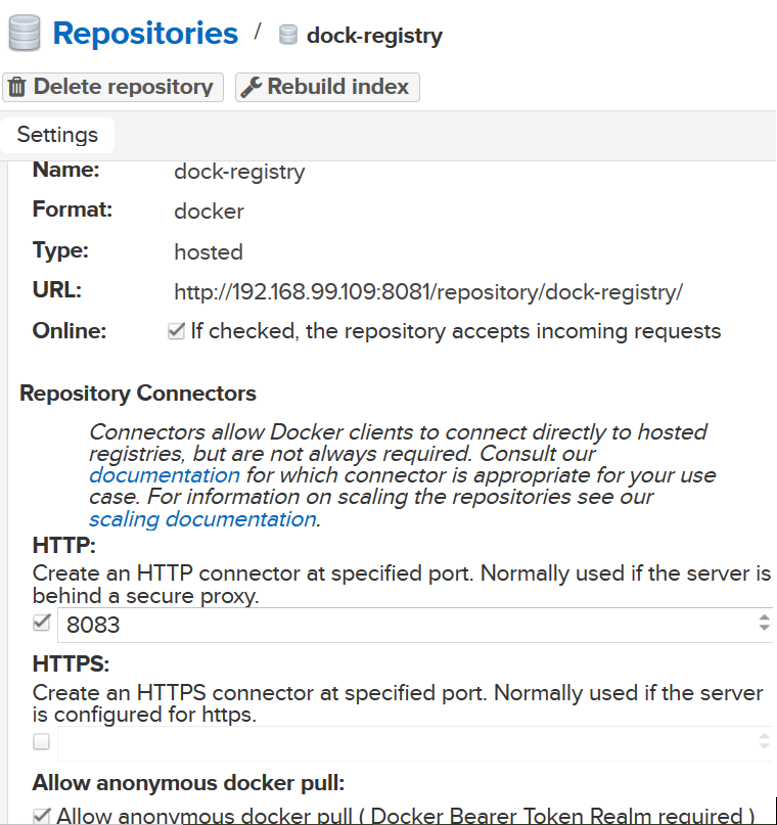

In openSUSE, the repositories are configured in /etc/zypp/repos.d. Add a cleanup policy and other settings as needed and create the repo.


Create a new repository of type ‘raw (proxy)’Ĥ. As the RPMs may consume a considerable amount of space, it is preferred.Ģ. But, the installation is cumbersome and as we have a Nexus in place, the wish was to re-use it. The first idea was to use the mirror approach as described in. We wanted to have something similar, if not equal. With that and a lot of VMs currently running CentOS, we needed to have a local mirror or proxy for openSUSE to save the internet traffic during times of updates.Ĭurrentlty, Nexus is used as YUM proxy for CentOS. With this change and the related fear that we run into a volatile installation with permanent updates, we decided to switch to openSUSE. At least, until it was announced that CentOS is going to put their efforts on CentOS stream (). It was a nice fit and we were happy with it. Results from statistical analysis proved that operating parameters have highly significant effects on grain loss.We were using CentOS for the last years to run our build environment and internal infrastructure. The total grain loss was measured based on the header loss test and processing loss test. To collect the data, daily paddy harvesting operations with New Holland Clayson 8080 combine harvester were observed at rice granaries in the Sekinchan district of Selangor state of Malaysia through a field observation measurement method on December 2017. Lastly, the spatial variability maps towards the significant operating parameters and grain loss were also visualized. Besides that, the simulation of the control system using MATLAB was designed based on the developed predictive empirical model for minimizing grain loss and evaluating the field performance of the rice combine harvester during harvesting operations. Modelling and optimizing the significant operating parameters for predicting grain loss were also developed. Thus, the study was conducted to investigate the effect of these operating parameters on grain loss during the mechanized rice harvesting operation. However, the relationship between grain loss and these operating parameters of mechanized rice harvesting in Malaysia is rarely studied. Five operating parameters usually affect the grain loss (GL), namely field speed (FS), grain moisture content (GMC), soil moisture content (SMC), soil compaction (SC), and cutting height (CH). During the operation, improper management of some operating parameters, such as combine harvester handling and crop physiological factors, may lead to excessive grain loss. Harvesting is the most critical factor that should be given big attention in paddy cultivation since it directly affects the grain loss in the field. Paddy cultivation is one of the largest contributors to feeding Malaysian since it serves as a staple food.


 0 kommentar(er)
0 kommentar(er)
